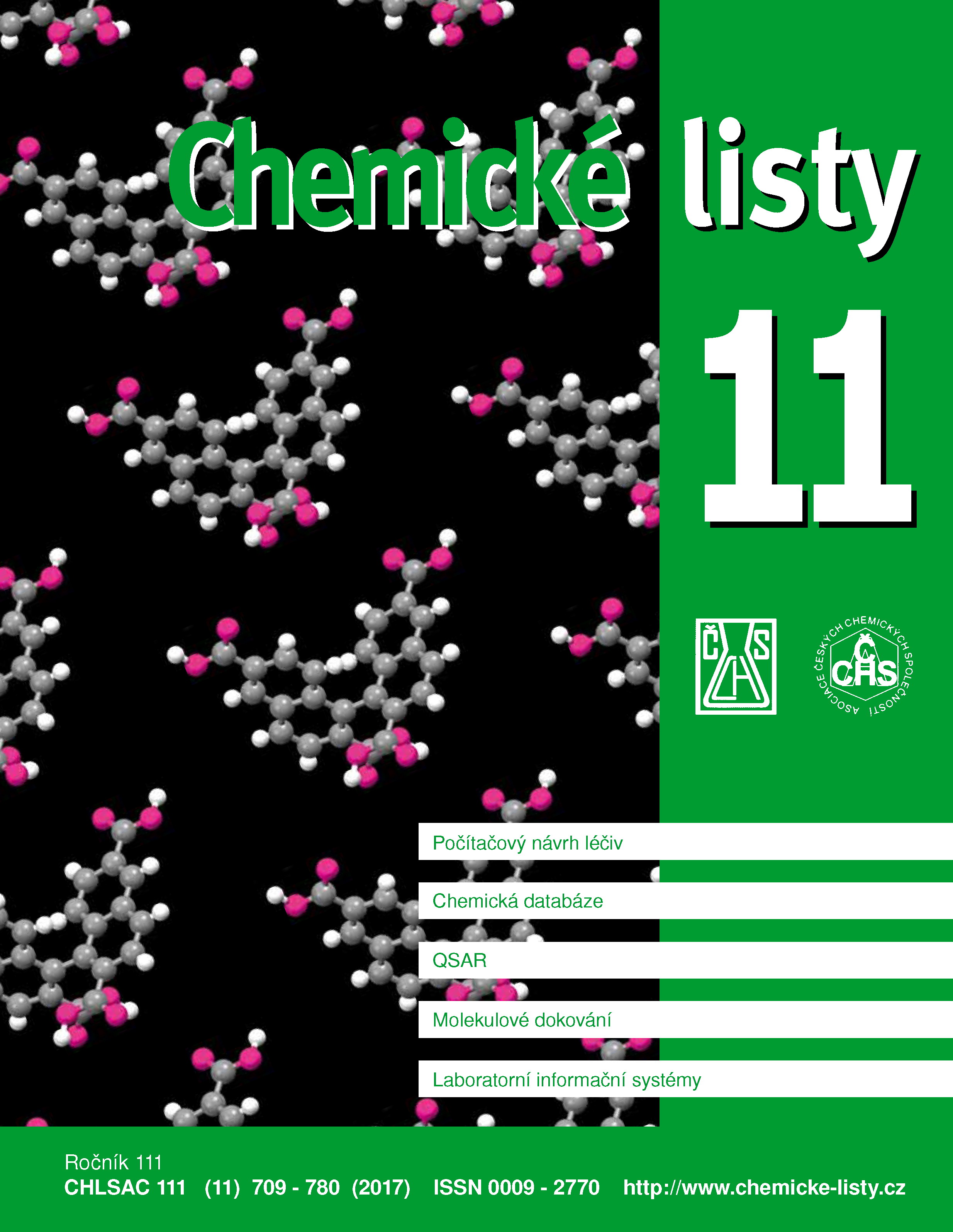Virtual Screening
Keywords:
virtual screening, similarity search, pharmacophore modelling, data fusionAbstract
The dominant technique for the identification of potential drugs is the physical screening of large libraries of chemicals against a biological target (high-throughput screening, HTS). An alternative approach, known as virtual screening, is designed to computationally screen large libraries of chemicals for compounds that complement targets of known structure and experimentally test those that are predicted to bind well. There are two broad categories of virtual screening techniques: the ligand-based and the structure-based approaches. Ligand-based methods use only the information about those ligands that are known to be active against a given target. Examples of ligand-based approaches are similarity search or pharmacophore modelling. Structure-based virtual screening requires the knowledge of 3D structure of target protein. A typical structure-based method is the so called docking that tries to predict the binding affinity between a ligand and its target. In this contribution, we provide an overview of both ligand- and structure-based virtual screening approaches and discuss their limitations in computer-aided molecular design. Selected methods are described in more detail in some other papers of this issue of Chemické listy.





